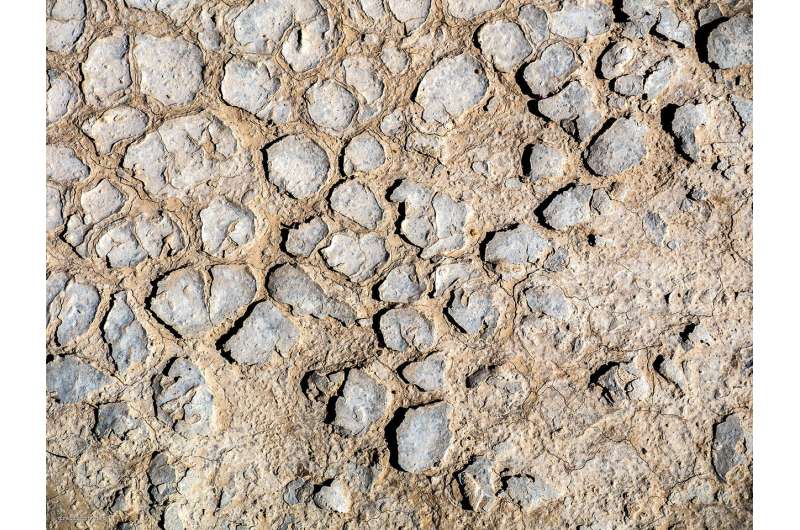New research offers global drylands solution to climate change

A new study published in the Journal for Geographical Research: Biogeosciences, led by a University of Derby academic, has shed new light on how microorganisms move through dryland landscapes attached to wind-blown dust and then alter the surfaces that they land on.
Drylands cover more than 40 percent of the global land area and are home to more than two billion people but are at growing risk of desertification, which makes the land unsuitable for grazing and agriculture, and causes hazards such as mobile sand dunes and dust storms.
The paper, "Surface Stability in Drylands is Influenced by Dispersal Strategy of Soil Bacteria," was written with collaborators at Aberystwyth University and The Australian National University, and is part of a wider National Environment Research Council (NERC) funded project led by Loughborough University.
The team of researchers used a wind tunnel to analyse the dust eroded from the sandy soil on dry sand dunes in Australia. By comparing the microbes in the dust with the microbes in the source soil, researchers were able to identify which microbes contribute most to sticking soil together.
Dr. David Elliott, associate professor at the University of Derby explains: "In the world's drylands, plants do not cover the soil surface as completely as they do in wetter regions leaving soils more exposed to weather and vulnerable to erosion by wind and water, which can lead to a reduction in soil quality."
"Dryland soils that are not covered by plants do, however, usually have a thin covering of microbes that bind the soil together. These microbes are collectively called 'biocrusts," and they are important for stabilising dryland soils—meaning fewer dust storms, improved soil fertility, greater ability to hold onto rain water, and better opportunities for plants to establish."
The researchers are now hoping to conduct further tests into how microbes disperse and interact with the landscape and evaluate the role of flooding in microbial dispersal to provide useful advice and possible interventions in managing the landscape.
More information: David R. Elliott et al. Surface Stability in Drylands Is Influenced by Dispersal Strategy of Soil Bacteria, Journal of Geophysical Research: Biogeosciences (2019). DOI: 10.1029/2018JG004932
Provided by University of Derby



















